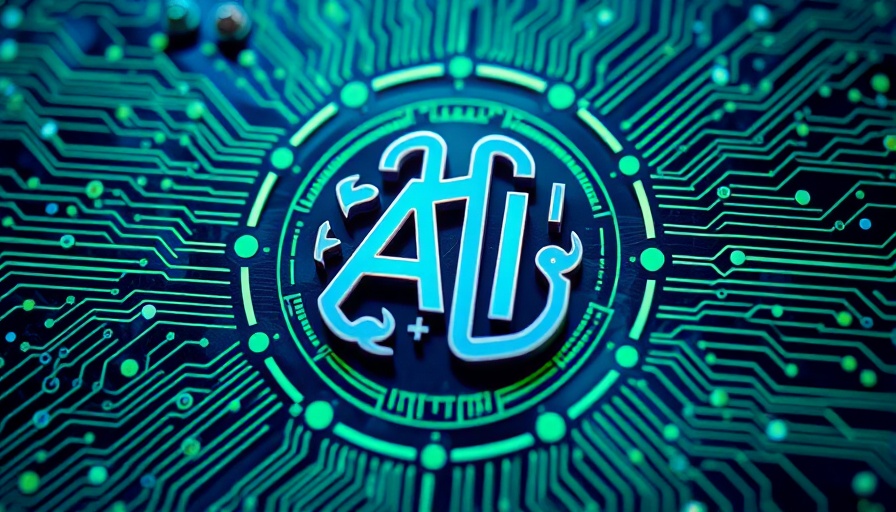
A Global Landscape of AI Regulation
The rapid growth of artificial intelligence (AI) technologies has prompted countries around the world to grapple with how best to regulate them. From the 'Wild West' approach in the United States to the meticulously crafted regulations in the European Union, the landscape of AI governance differs greatly across borders. This divergence raises crucial questions about privacy, security, and ethical standards.
United States: The Wild West of AI
Despite being home to leading AI developers, the U.S. currently has no formal guidelines governing artificial intelligence. The recent reversal of former President Joe Biden's executive order on AI oversight by President Donald Trump illustrates a shift back to a laissez-faire approach. Calling it a "complete Wild West," experts warn that the absence of regulations could lead to unchecked development, risking compliance with privacy norms and civil rights protection. Industry leaders appear hesitant as they navigate this ambiguous terrain without the safety net of structured regulations.
China: Regulation with Constraints
On the other side of the world, China's regulatory framework is more stringent, albeit with heavy constraints. Although the country is still working on a formal law for generative AI, its current "Interim Measures" impose strict rules that prioritize personal and business interests. For instance, AI applications must respect user consent and be transparent about generated content. However, these regulations come with unique restrictions that limit discussions around sensitive political topics, reinforcing the state's control over information. Hence, while companies can operate under defined guidelines, they must often tread carefully within the constraints set by the government.
European Union: Ethics at the Core
In stark contrast to the U.S. and China, the European Union (EU) has positioned ethics at the forefront of its AI regulations. The 'AI Act,' which recently passed, is touted as the world's most comprehensive AI regulation. With an emphasis on citizen respect and responsibility across all stakeholders—from providers to users—the EU envisions a balanced approach to AI implementation that heavily intertwines ethical considerations. This framework aims to prevent misuse while ensuring that AI technologies contribute to society positively.
Examples of Industry Adaptation
The varied regulatory landscapes across different regions are already affecting how companies innovate and adapt. In the U.S., firms may prioritize speed and innovation given the regulatory freedom, but that could lead to a culture of risk. Conversely, businesses in the EU must focus on compliance and ethical standards, which may slow down immediate technological advancements but cradle long-term user trust and market sustainability.
Opportunities for Harmonization
As these regulatory frameworks continue to evolve, they present an opportunity for international collaboration. A dialogue between nations can foster sustainable AI innovation while addressing concerns around privacy, civil rights, and ethical governance. Initiatives aimed at unifying standards can facilitate cross-border cooperation, enabling developers to create AI technologies that respect both innovation and personal rights.
A Future of Responsible AI
The differences in AI regulations across the globe showcase the challenges in finding a cohesive framework that can support technological growth while ensuring ethical safeguards. As societies become increasingly reliant on these technologies, the responsibility lies with governments and industries to work together in crafting regulations that are forward-thinking and inclusive. Only by balancing innovation with ethical and legal considerations can we truly harness the transformative power of AI.
 Add Row
Add Row  Add
Add 




Write A Comment